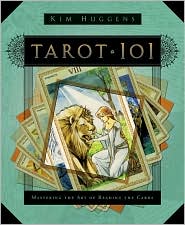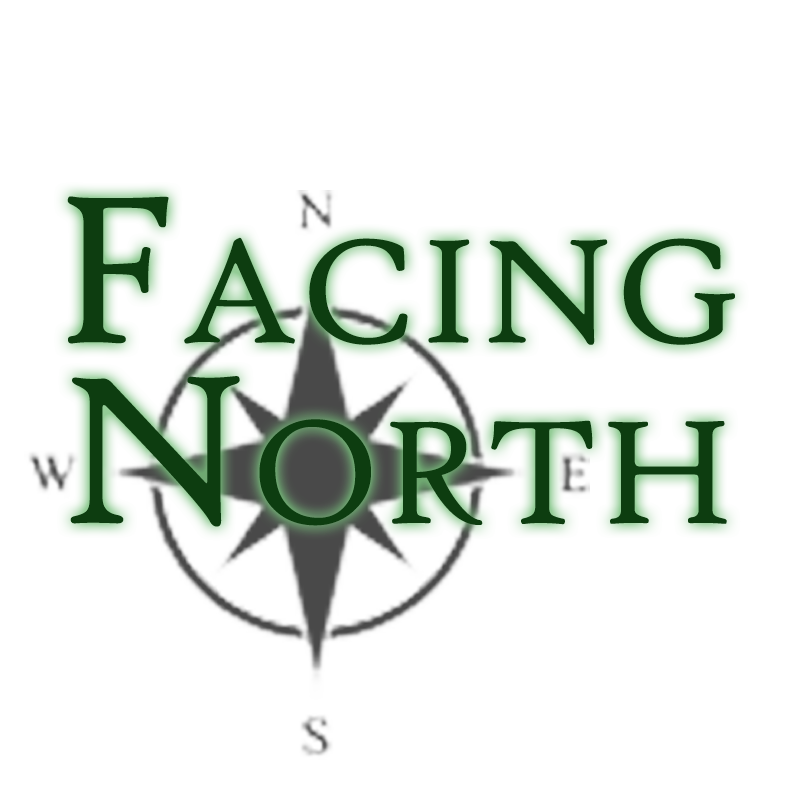
Tarot 101 is an imposing title for a book, since the implication is clear: This book is required reading for beginning tarot students. If you scan the table of contents, it certainly appears different from many other tarot books, because thereÕs not a listing for each card; it has entries like 'Optional Homework' and 'Further Reading'. And whole chapters on archetypes? Are you sure this isn't American Lit 101 from freshman year in college? And what does all of this have to do with the tarot anyway?
The answer to the question is that it has everything to do with the tarot, both the big picture of an entire reading and the individuality of each card. Huggens does an excellent job of putting the tarot in context for the reader, which is something that many books do not even attempt. And this concept of tarot information in context really resonated with me as I read this book. Everything seems to be exactly where it should be, and flowed through each chapter. The book felt 'real' to me in the sense that the book was organized naturally, not cobbled together in a forced or artificial way or thrown together in a list.
It seems that as readers, we start learning the cards individually and eventually start to weave that into the bigger picture. Huggens has grouped together the cards into themes and archetypes, which was a brilliant move. Now the tarot student gets a look at both the card meanings themselves and where they fit into the overall picture of the tarot.
One chapter, for example, is entitled, 'The Major Arcana: Feminine Archetypes.' The chapter has only three cards listed: The High Priestess, The Empress, and The Star. But while it does go into detail on each of the three cardsÑand provide symbol interpretation for them, which I thought was an especially nice addition--it talks about feminine archetypes like maiden, mother, and crone, and how they fit into the tarot as a whole.
Many of the chapters also had 'Further Reading' lists of recommended books. Once again, these works are listed in context. The feminine divine chapter has books on that topic, and many other chapters have similar lists. It not only shows that Huggens is well read in tarot literature many of the books she gives are written by well-known and respected tarot authorsÑbut it also makes life easier for the reader to pick out topics of interest. Yes, there is a bibliography, but it's much more likely that the reader is going to read to the end of the chapter than pick through the bibliography.
Now lots of books give extras, but what I liked most about these resources is that they were listed in the context of the book as a whole. For example, during the chapter on the feminine archetypes, there is a section on developing intuition, complete with exercises, as well as a Goddess spread. Listing the spread with the chapter on the feminine divineÑand not hiding it in a chapter called 'Tarot spreads' makes it more likely that it won't be glossed over. In addition to the homework, exercises, and recommended reading lists, there are small sections on astrology, numerology and the Cabbala as well. They are not too overwhelming and give the beginning student a taste of what is to come as they continue to study the cards.
Another chapter that I particularly enjoyed was the introduction to the court cards, the first of three chapters on the court cards. Reading the tarot court can be difficult for novices and advanced readers alike, but the approach Huggens took with this chapter was particularly innovative. She presents the court cards and gives equivalents for the Myers-Briggs Type Indicator and the Keirsey Temperaments, which is not something I have ever encountered in a tarot book. I also found the elemental associations with the Keirsey Temperaments quite useful. If you've never looked at either of these systems, you'll want to do so. Then the author weaves both systems through the other two chapters on the court cards, placing the masculine elements (fire and air) and the feminine elements (earth and water) together, but in separate chapters.
I discovered another unique feature: A small section explaining that there are differences between the Rider-Waite-Smith and Thoth symbolism. ItÕs not a long section but for a beginning tarot reader who has an affinity for the Thoth deck, it may make them feel less left out. It is appropriately listed in the chapter on the water element.
One of my pet peeves about many tarot texts is that the major arcana gets a lot of the press while the minor arcana is thrown in almost as an afterthought. I was pleasantly surprised to find that Tarot 101 includes four complete chapters without the court cards, one on each suit of the minor arcana. The elemental focus of each of these chapters helps the reader retain the information, and Huggens provides a short paragraph describing the meanings of each pip card.
Finally, the layout and editing of this book were very well done. The text was pleasing to the eye. Spread illustrations were clear. No spelling, grammar, syntax or punctuation problems to detract from the message. And there were no pictures of tarot cards anywhere; the only pictures of cards you will see are on the front and back covers. I donÕt look at that as a bad thing, considering the book bills itself as a resource no matter what deck you use.
Let me end with this bold statement: Tarot 101 should be required reading for all tarot enthusiasts, from neophytes to expert practitioners. I thoroughly enjoyed this book and intend to keep it handy.
~review by John Marani
Author: Kim Huggens
Llewellyn Worldwide, 2010
pp.336, $17.95
